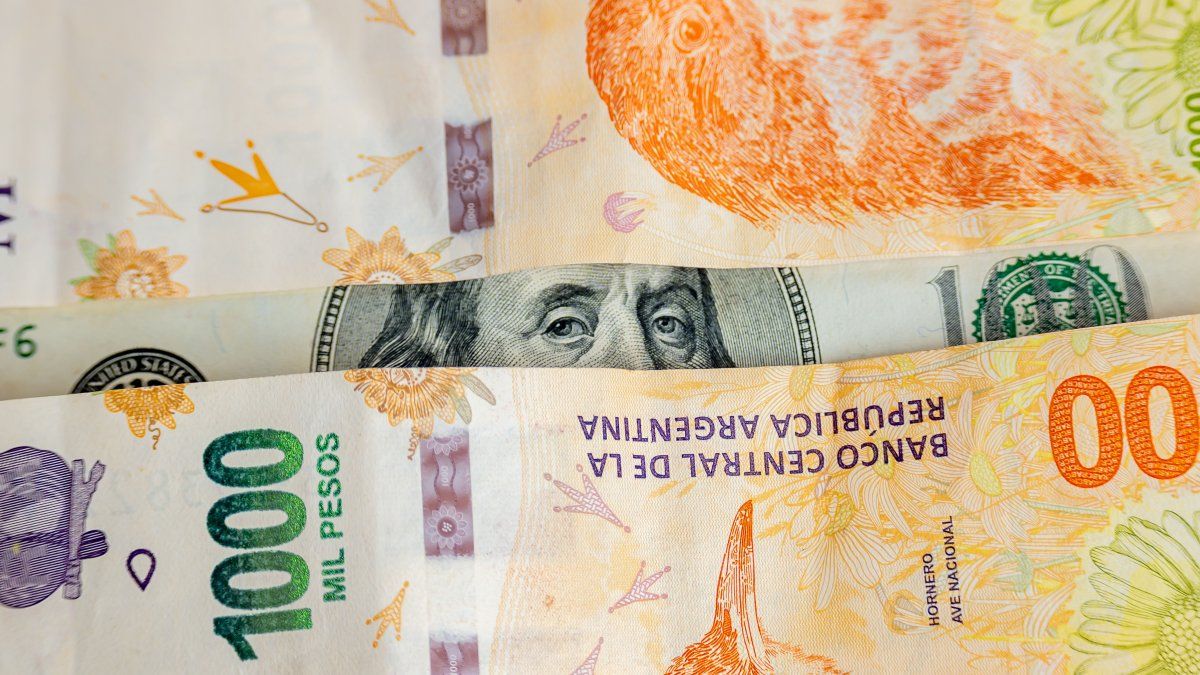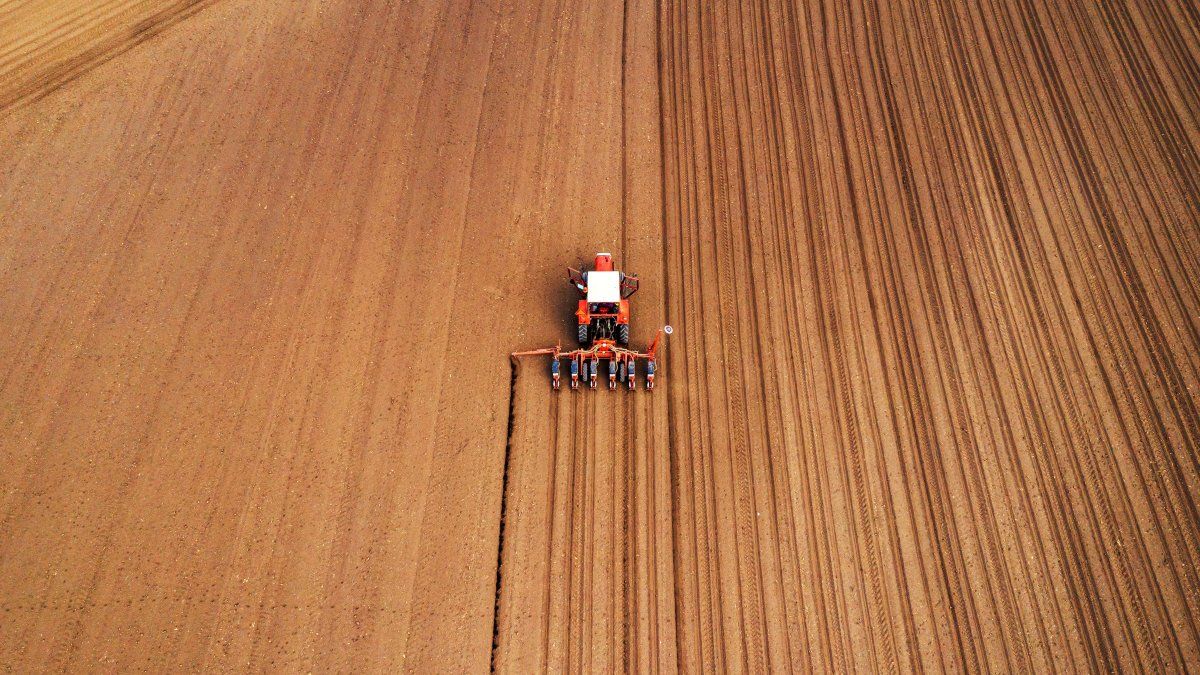Menu
The field has profitability problems and warns that production will fall
Categories
Most Read
Sale Sunday! This supermarket launched exclusive promotions for its anniversary
October 26, 2025
No Comments
How much do I earn if I deposit $500,000 from home banking in 30 days
October 26, 2025
No Comments
Donald Trump and Lula da Silva approach positions and analyze reducing US tariffs on Brazil
October 26, 2025
No Comments
Donald Trump toughens his stance with Canada and announces a 10% increase in tariffs
October 26, 2025
No Comments
Trade talks: Beijing on preliminary tariff talks: Preliminary agreement with USA
October 26, 2025
No Comments
Latest Posts

Turbulent start in Sölden: German glimmers of hope in the victory of the ski dominator
October 26, 2025
No Comments
PierceI am Pierce Boyd, a driven and ambitious professional working in the news industry. I have been writing for 24 Hours Worlds for over five

New love after the breakups?: Sophie Turner is said to be dating Chris Martin
October 26, 2025
No Comments
Lisa HarrisI am an author and journalist who has worked in the entertainment industry for over a decade. I currently work as a news editor

The Argentine peso depreciated more than 30% against the dollar due to pre-electoral uncertainty
October 26, 2025
No Comments
Throughout 2025, the pThat Argentine recorded the biggest drop against the dollar around the world, according to a Bloomberg analysis that covered 145 currencies. The
24 Hours Worlds is a comprehensive source of instant world current affairs, offering up-to-the-minute coverage of breaking news and events from around the globe. With a team of experienced journalists and experts on hand 24/7.

